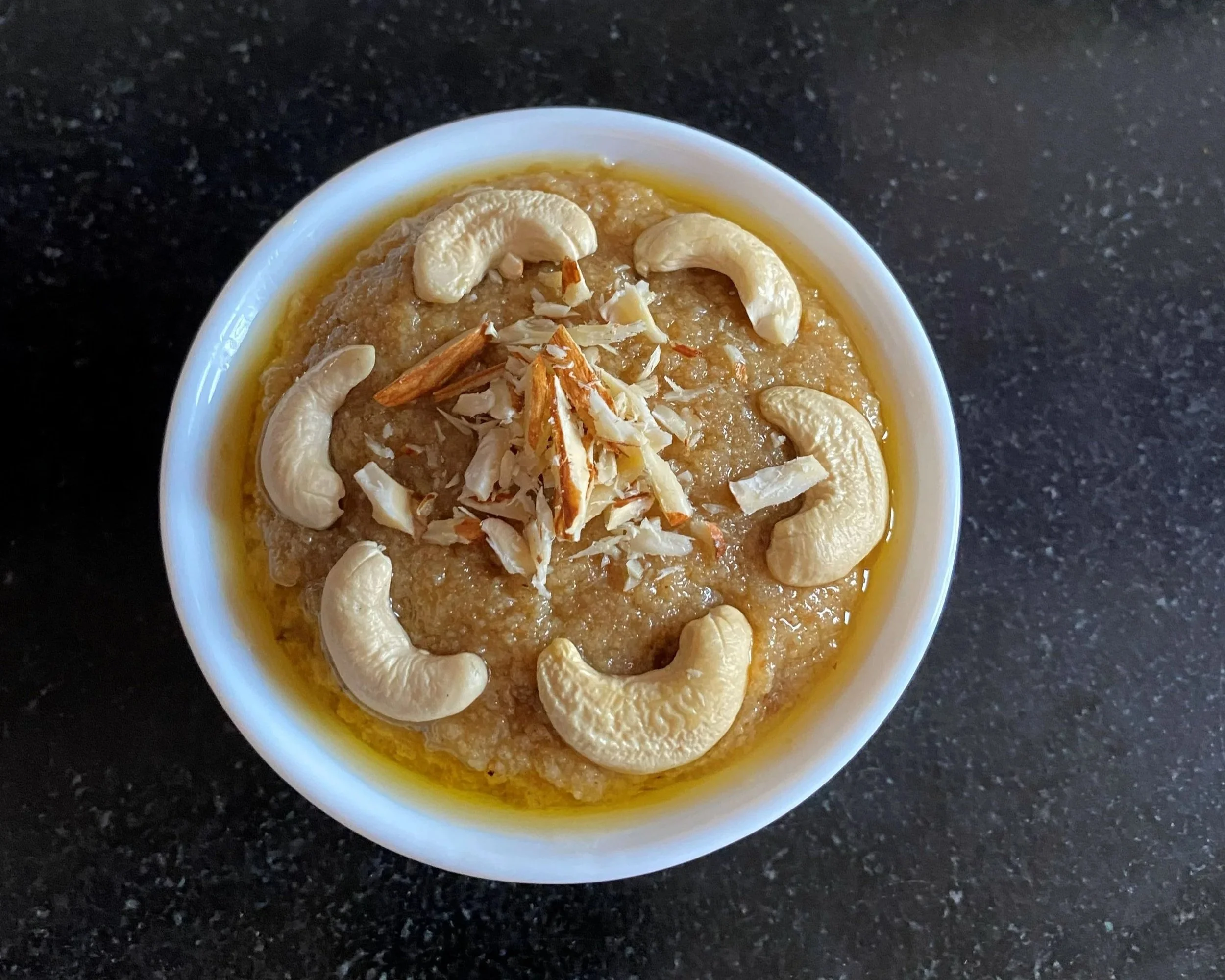Can We Decolonise the Way We Eat?

As part of the Spudnik Farms initiative, ‘Cooking with Friends,’ Nayantara Bagla makes a Buddha bowl featuring local greens, fruits and vegetables. She makes a compelling case to replace the rocket leaves in your salad with local soppus — your genetics, the climate, and the entire food system, will thank you for it.
Spudnik Farms is committed to building a space that fosters culinary confidence through workshops led by chefs and homecooks with expertise on indigenous produce. These workshops are a space to cook with friends, and find joy in the act of cooking.
Cooking with Friends, a workshop by Spudnik Farms, held at the Conservatory, Bangalore
At the end of the day, the real consumer market is the home kitchen. Chefs, restaurants, hotels and businesses are a small segment of the market. But unless the home kitchen, the end user, buys and champions local food, there will never be a gear shift in the way indigenous produce is consumed.
The truth is, the way we eat is still colonised; there is so much aspiration attached to food. We see arugula and lettuce as far more exciting than our own greens. How can we break these norms? How can we look at indigenous produce with real pride?
Through my work as a functional nutrition coach working with behaviour change and habit building, I have seen that eating local fits better with our genetic makeup. We often believe that genes can take generations to transform. Yes, genetic makeup takes generations, but the way that a gene presents itself — or gene modification — happens quite fast. In two years of adopting a good habit — or a bad one — you can see changes in the way your gene presents itself. For example, if you’ve smoked for a long time, we’d call it squandering your generic wealth. For people on the subcontinent, what we can and should eat, is local, because that it is what our genes — our bodies, are tailored to digest. The greens or soppus, from the north of India to the south, are hugely different. The more localised your eating habits, the better your body adapts to it.
I like to take a climate-resilient (over doomsday) approach to the subject of climate change. Farmers on the ground, the ones tiling, sowing, and harvesting the land have no choice but to adapt to climate change; to rising temperatures and erratic weather patterns. But people are now growing climate resilient crops; farmers in Odisha have moved from hybrid basmati to heirloom rice varieties. Because heirloom produce — grain, staples, fruit or veggies, are more adaptive to climate change over hybrid and GMO product.
I’m sharing the recipe for a large, satisfying and utterly delicious salad that I made as part of a workshop for Spudnik Farms, called Cooking with Friends.
The workshop aims to introduce indigenous greens and how to cook with them
Chef Nayantara Bagla, who led this workshop
Sumeet Kaur of Spudnik Farms
The Buddha bowl, fully assembled
Nayantara Bagla’s Buddha Bowl
Ingredients
1.5 cups assorted greens (basale, amaranthus, pumpkin leaves, water spinach, bottle gourd shoots)
3-4 leaves of each herb (garlic chives, onion chives, coriander, Japanese mint, gongura, dill)
1 carrot, peeled and shredded
1/4 beetroot, shredded
1/2 sweet potato, boiled or baked
3 purple beans, diced
Fistful of millets, boiled in salt
1 cheek of mango
6-7 pieces of jamun
1/2 cucumber, skin on, diced
Handful of chickpeas, boiled to soft
50 g paneer, grilled
1/2 tsp ginger
1/2 tsp garlic
For The Dressing
1 tbsp apple cider vinegar
6 purple jamun
Salt, to taste
Pepper, to taste
1.5 tbsp extra virgin olive oil
Method
Wash and lightly dry all the greens and herbs
Peel and grate or julienne the carrot and beetroot
Bake the sweet potatoes. To bake: wrap the sweet potatoes in silver foil and bake for 40 minutes in a 180 degree oven.
Cut the purple beans and lightly blanch them: In a pot of boiling water, add some salt, add in the cut beans and allow to cook for 45 seconds, strain and cool in an ice bath
Boil the millets in salt water or pressure cook them. Add a small spoon of oil after cooking and fluff up with a fork
Dice the cucumber with peel on.
Peel and dice the mangoes
Soak the chickpeas over night, and pressure cook with salt for atleast 5 whistles. Drain the water and keep aside
Cut the paneer in cubes, marinate with some ginger-garlic paste, salt and oil. Set aside. Grill on a hot pan or an oven before serving
For the Dressing
Remove the pulp of the jamuns and keep aside.
In a small bowl add 1 tbsp ACV and 1 tbsp EVO. Add the jamun pulp, followed by the salt and pepper. Whisk till it thickens.
To assemble
In a large bowl mix your greens and herbs (leave some for garnish)- into this add half the dressing and with a light hand mix thoroughly.
In your serving bowl, lay out all the ingredients in small sections, top up with more dressing.
Mix it up and dig in!
This recipe is part of an on-going initiative by Spudnik Farms to introduce and demystify indigenous produce for home kitchens. Goya works with Spudnik Farms as media partner on this initiative.
Nayantara Menon Bagla is a functional-nutrition coach and chef who aims to bridge the gap between nutrition and holistic food habits.
All images by Sanskriti Bisht.
ALSO ON THE GOYA JOURNAL















